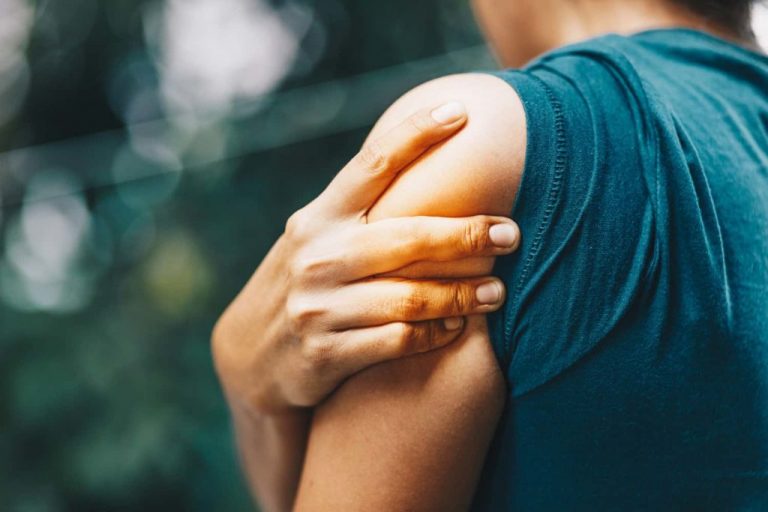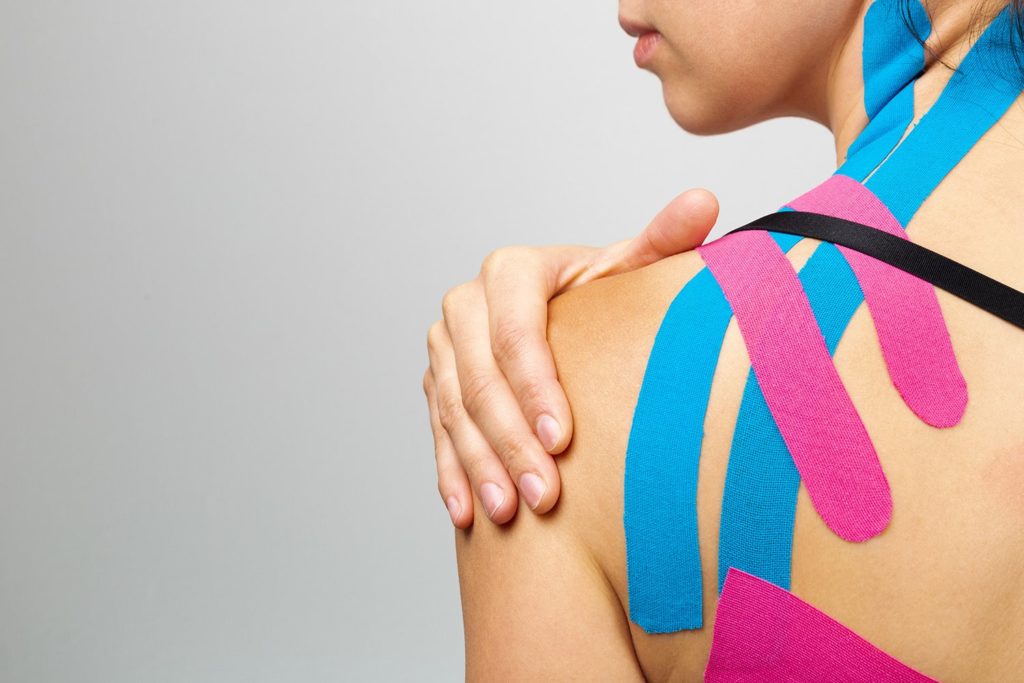High mobility of the shoulder joint or the spoken shoulder is a blessing for a person, but also a source of problems. Shoulder dislocation, instability, dislocation, subluxation are just a few of the shoulder injuries that professionals face on a daily basis. What is the difference? How is it treated? We explain in the article.
The design of the shoulder joint, colloquially called the shoulder joint, gives a person a relatively large range of motion, but at the same time induces limited natural stability that leads to more frequent shoulder injuries. Despite some precautions in our bodies, shoulder injuries are among the most common, including, unfortunately, repetitive ones. What conditions can occur in the shoulder joint?
Shoulder dislocation
Shoulder dislocation (also colloquially: shoulder dislocation, shoulder dislocation or shoulder dislocation) means that the head of the humerus “jumped out” from its proper place – the surfaces of the joints have lost contact, and the joint capsule, ligament, tendons and muscles were stretched, torn or broken. The upper lip can also be torn or broken, which improves the stability of the joint, which often has more serious consequences, such as instability – more on that later.

Displacement of the shoulder joint can be caused by a fall on an arm or a straight arm, an injury in the visiting position and rotation of the outer arm, as well as an accumulation of microtraumas. This shoulder dislocation can be recognized by severe pain, decreased joint mobility, swelling and deformation of this area of the body. Sometimes they also experience a feeling of numbness in their hand.
What is the treatment for a dislocated shoulder? Set your shoulder first. This is usually done under local or general anesthesia, but sometimes surgery (arthroscopic if possible) is unavoidable. Then the arm should be immobilized for a while, depending on the severity of the injury. The last stage is physiotherapy. In difficult cases, returning to full-fledged sports activity can take from 6-8 months to even a year.
During recovery of a shoulder dislocation, the most commonly used are:
- cryotherapy,
- magnetic therapy,
- electrotherapy with TENS currents.
Shoulder seam
The shoulder suture is not much different after his sprain, but this is an easier injury. The surfaces of the joints are dislocated with each other, but have not completely lost contact. Therefore, during a subluxation of the shoulder, all structures are less susceptible to serious injury, although in this situation unpleasant damage to the upper lip can occur.
Symptoms, causes and treatment of shoulder subluxation are very similar to those experienced during shoulder dislocation. Severe pain, swelling, deformity, and a smaller range of motion in the joint necessarily require consultation with a specialist, even if the bone returns to its place.
It is worth remembering that immediately after such a shoulder injury, do not try to adjust it yourself, but immobilize the limbs and apply cold compresses.
Habitual shoulder dislocation
We’re talking about the habitual dislocation of the shoulder when it is another shoulder injury of this type. This can happen if the first lesion has not been completely healed or the upper lip has not completely healed and thus does not perform its function. If the structures are particularly weak, normal disturbances or subluxation can be caused by normal activities such as lifting something heavier. This should not be ignored because it leads to deepening degenerative changes.
For such an injury – in addition to standard treatment and rehabilitation for the dislocation – the physical therapist should pay extra attention to covering the joint with muscles that protect it and help stabilize the arm. Sometimes, treating a common shoulder dislocation requires surgery, such as stitching the upper lip or placing an implant to prevent recurrence of shoulder injuries.
Leverage instability
With the habitual dislocation or subluxation of the shoulder, this happens to us regularly, this problem is called shoulder instability. Usually this is the effect of a poorly healed shoulder – a mistake at one of the stages of treatment, the patient’s indiscipline, or simply incorrectly restored structures. It can also be the result of degenerative disease, excessive joint mobility, exercise, or genetic diseases.

Symptoms of shoulder instability include repetitive shoulder injuries, pain in certain positions, a sense of a jump in the joint, limb weakness, and a fear of falling out of the shoulder. When a specialist recognizes this problem in a patient, he or she will choose rehabilitation to strengthen the muscles of the shoulder girdle.
In case of shoulder instability, rehabilitation (in addition to exercise) may include:
- ultrasound treatment,
- TENS treatment,
- magnetic therapy,
- laser therapy (including high energy),
- cryotherapy,
- manual therapy,
- kinesiotaping.
If this does not work, it is believed that surgery will improve the condition of the joint. Shoulder instability can take a long time to heal, but it is very important because subsequent injuries will exacerbate the problem.
Other shoulder injuries
Of course not, we can exhaust the subject here. However, it is worth mentioning damage to the rotator cuff (see: Muscle activation after rotator cuff injury with TECAR therapy) or the surrounding tendons (eg tendinopathy). Supraspinatus tendon – treatment with modern equipment). We will definitely come back to related topics in the future.
